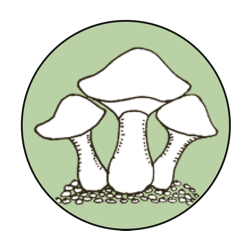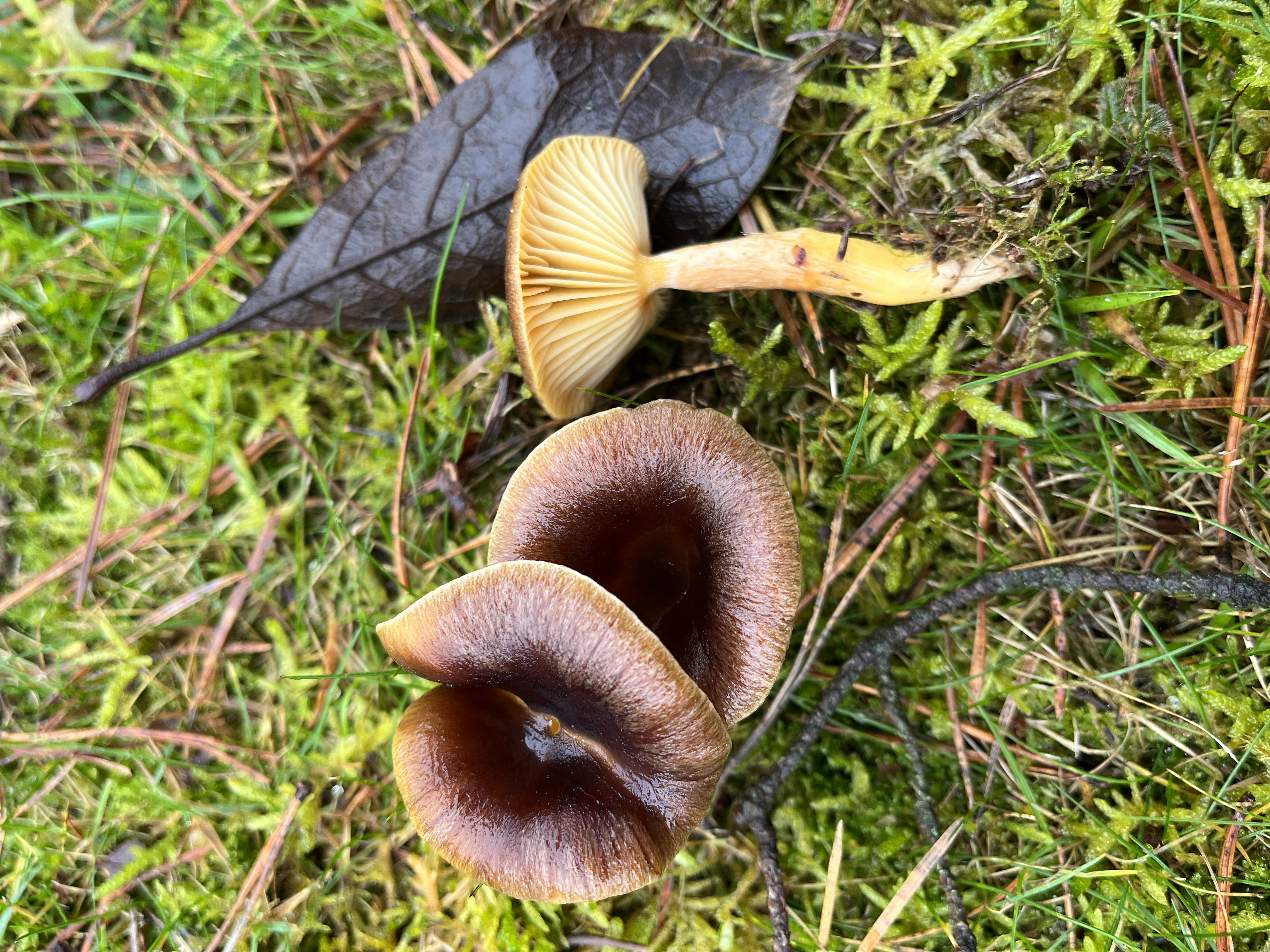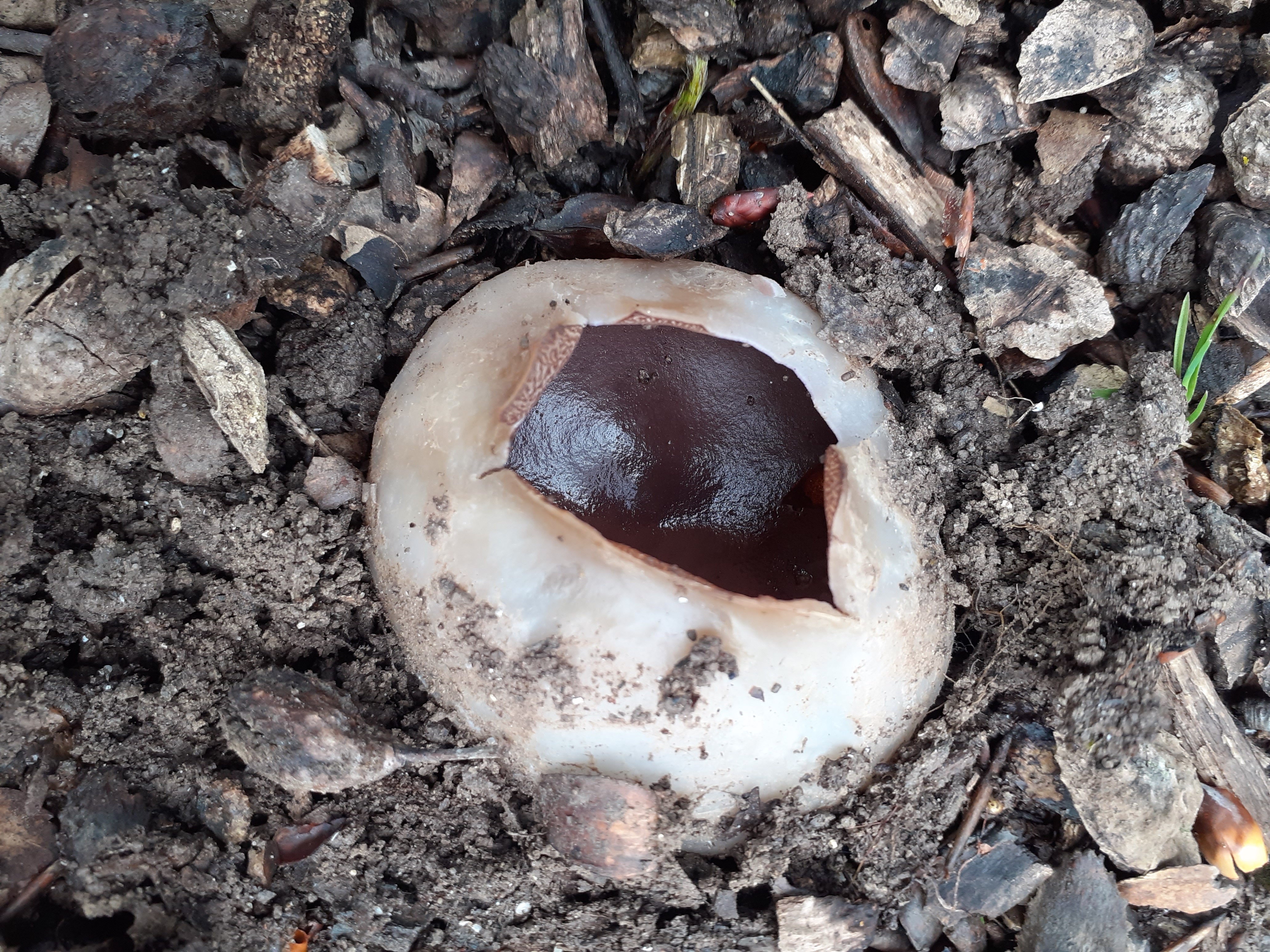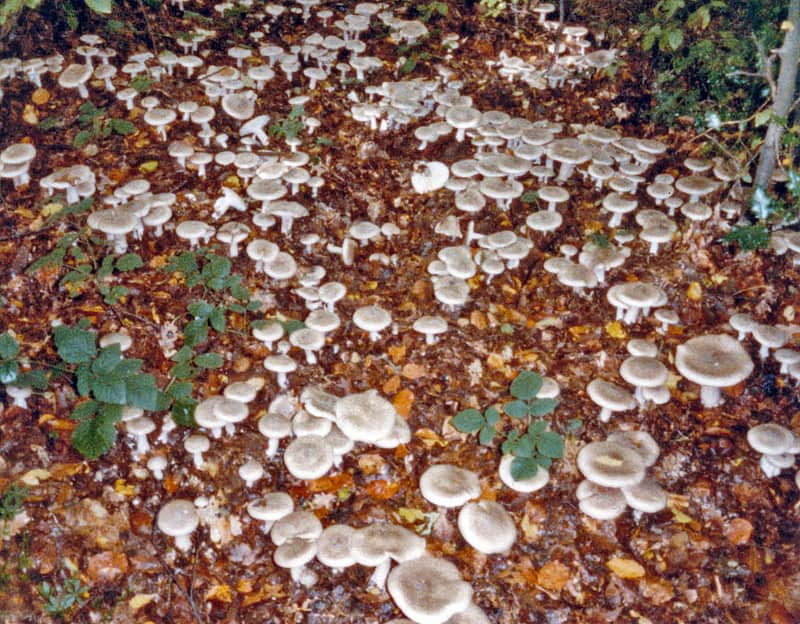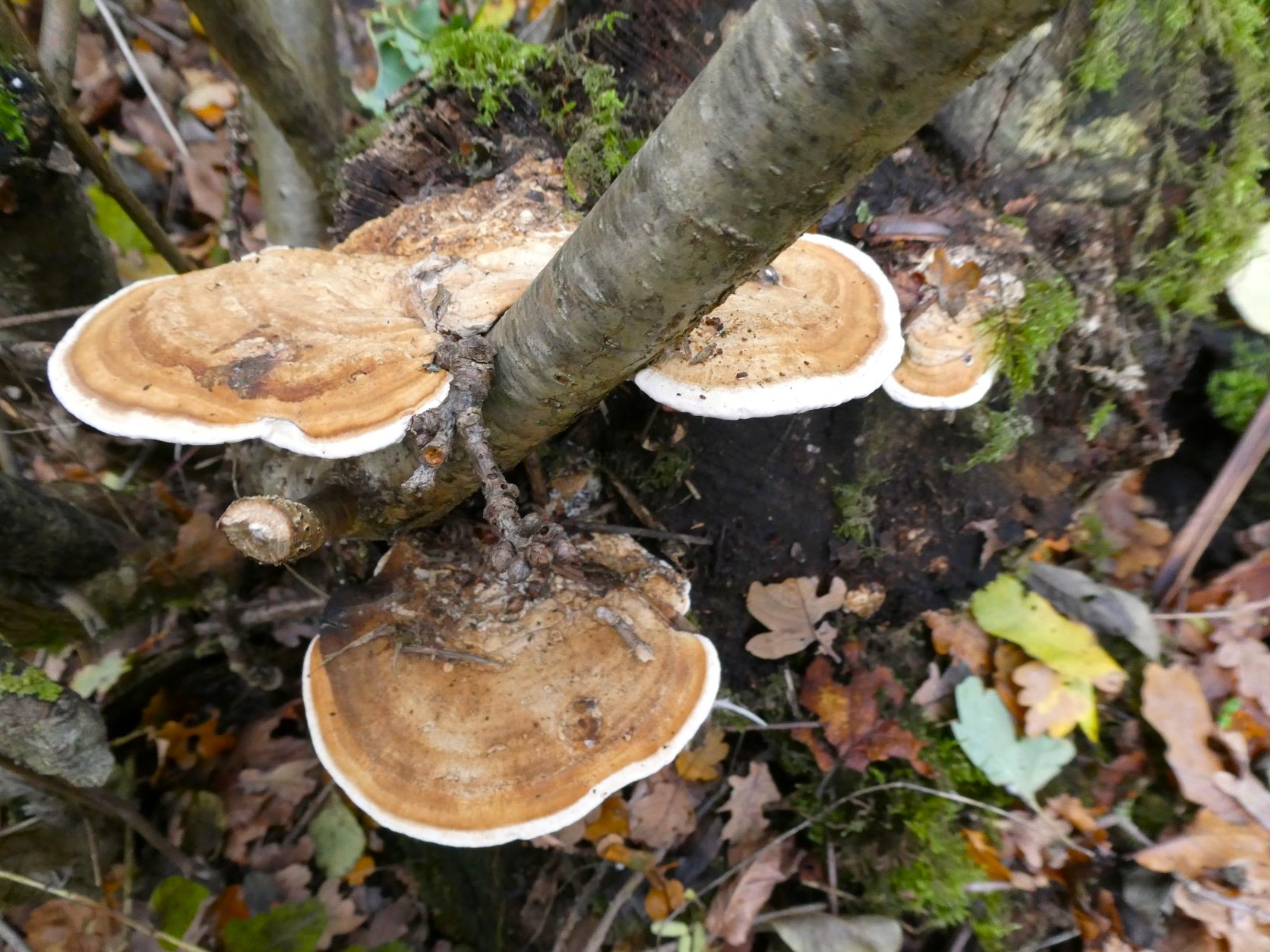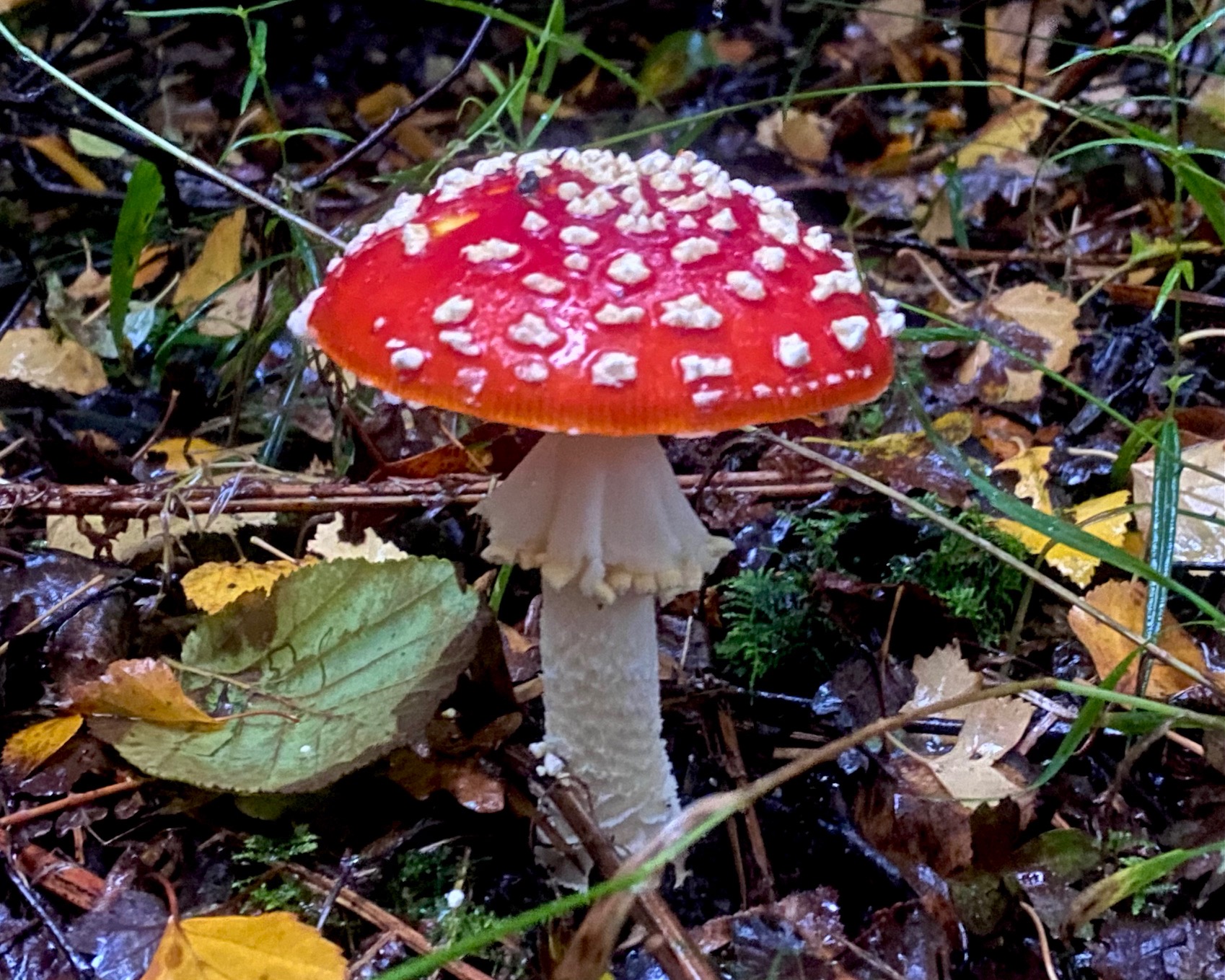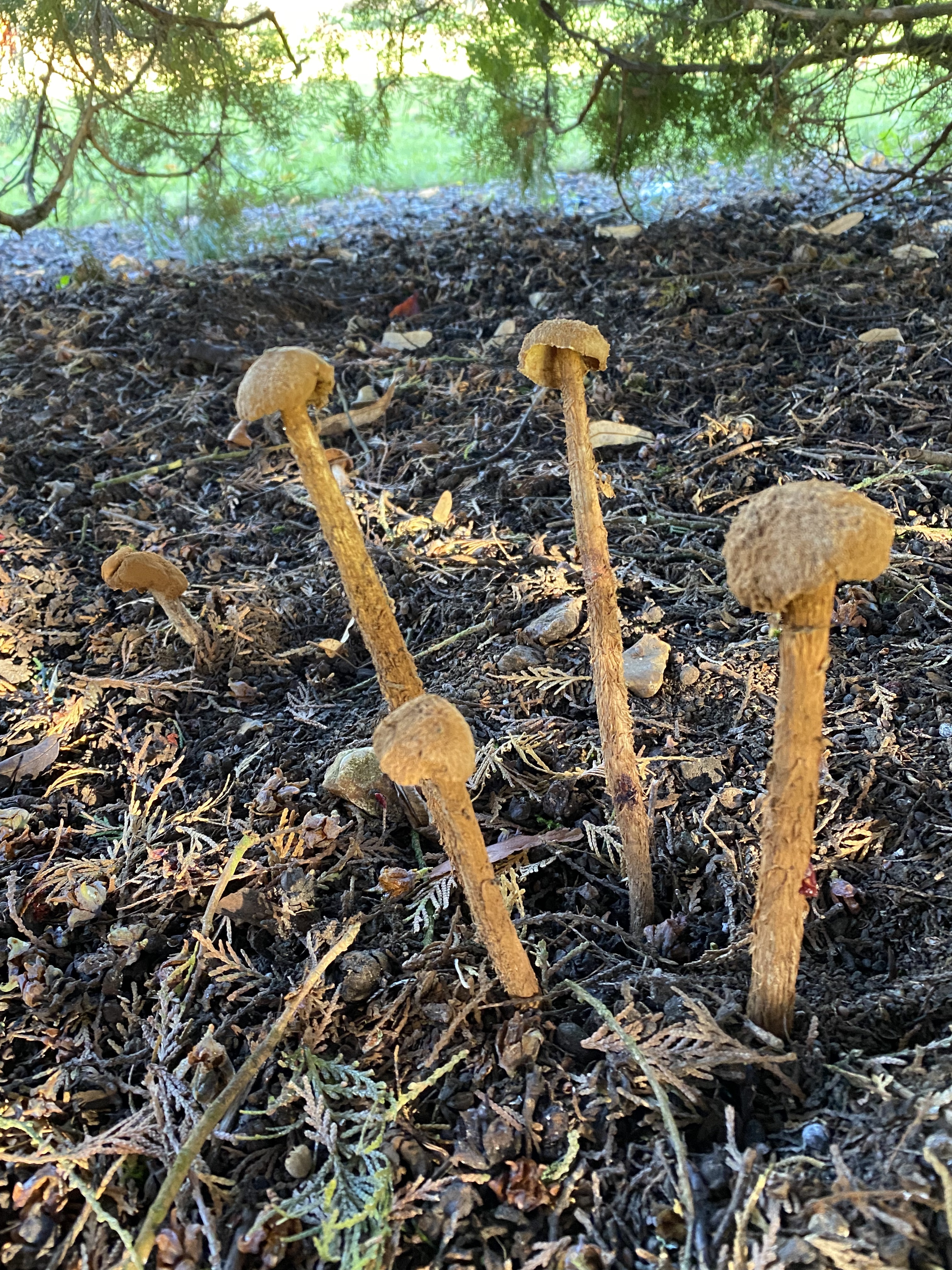 Fungi foray’s are not always wandering through the woods looking for specimens. Sometimes we take the time out to help our members take fungi identification to the next level. So, if you were tempted to think that a fungi foray was just a walk in the woods looking for mushrooms, you might be in for a surprise if you come along on one of our forays.
Fungi foray’s are not always wandering through the woods looking for specimens. Sometimes we take the time out to help our members take fungi identification to the next level. So, if you were tempted to think that a fungi foray was just a walk in the woods looking for mushrooms, you might be in for a surprise if you come along on one of our forays.
From time to time we like to share the more in-depth side of fungi identification and recording; something that’s more like a forensic investigation than a casual visual identification.
Fungi species are incredibly diverse and often difficult to identify by a casual inspection, that’s when we have to resort the looking at fungi at the microscopic level. On our foray to Great Grove Wood we had the opportunity to share this side of investigation with other members. Many species are difficult to identify by casual visual inspection alone. Even within the same species it can be hard to figure out exactly which one it is as color spore print or examine the fungus under a microscope; then the truly extraordinary world of fungi reveals itself. The amazing detail and structure of some species are a wonder to behold.
Many species are difficult to identify by casual visual inspection alone. Even within the same species it can be hard to figure out exactly which one it is as color spore print or examine the fungus under a microscope; then the truly extraordinary world of fungi reveals itself. The amazing detail and structure of some species are a wonder to behold.
The recent foray to Great Grove Wood is an excellent example of where we helped our group members takes a fungi foray to the next level. The site we visited allowed us to set up an area to examine our finds more closely under a microscope and share that experience with the other members. Not everyone has a good microscope at home and so one of our members brought their’s along for the day.
 You could say that on occasions with very difficult species the process of determination becomes more of a forensic fungi identification process. Comparing what we see under the microscope with known characteristics and even example photographs.
You could say that on occasions with very difficult species the process of determination becomes more of a forensic fungi identification process. Comparing what we see under the microscope with known characteristics and even example photographs.
Once you’ve been on a few forays, you’ll come to realize that much of the fungi kingdom is unseen; hidden from prying eyes and often difficult to spot, especially when young. It’s easy to wander through the woods and spot the caps of the larger fruiting fungi, not so much the smaller and often much more interesting species. Only by slowing down and really exploring a small area of the forest floor will you fully appreciate just what part fungi plays in the lifecycle of our forests and woodlands.
Recent Posts
